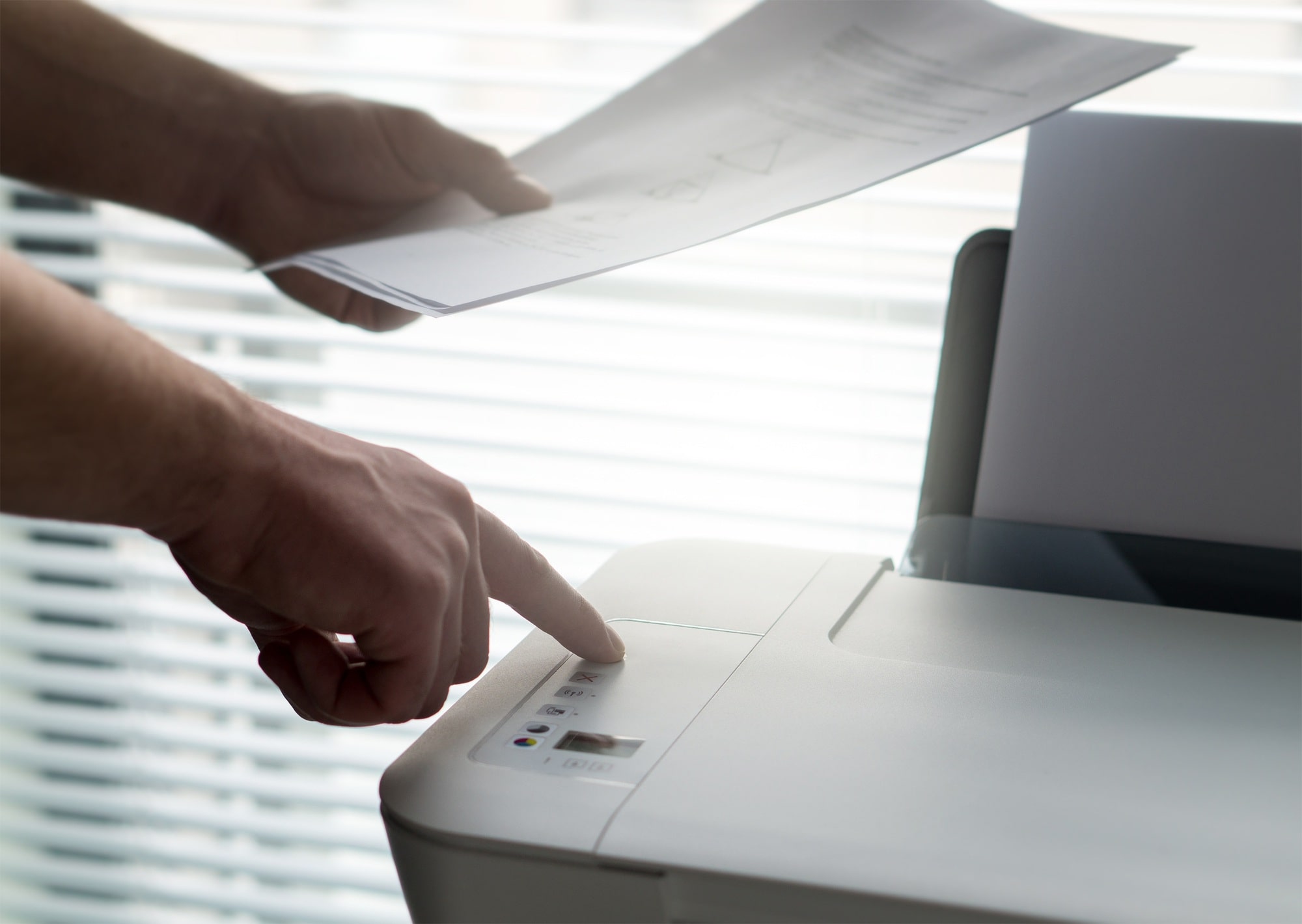Lease renewals are a great way to decrease turnover and vacancy rates. Since over 57% of renters renewed in the last 12 months, your chances are good that your tenants may want to renew with you.
But if you’re ready to send a lease renewal you may be wondering what exactly you should include. We’ve got you covered with some landlord tips that will make sure you can create a thorough lease renewal offer. Let’s get started.
General Information
When you send your lease renewal, it’s important to include some general information. This includes the date you send the letter and the property address. In addition, you should include the names of all tenants in the letter.
Lease Options
If you are offering to renew a lease, you also need to include information about how the lease will be renewed. While it might sound obvious, you should always state whether you are offering a lease renewal or not. Writing this out will help avoid confusion among all parties.
In addition, you should include the date that the current lease expires. This is helpful for your tenants to consider their options.
You should include the options for lease renewal that you want to extend to your tenants. This includes the length of the new lease if they agree to renew. Common choices include six months or one year.
You could also offer to continue on a month-to-month basis. Just note that you and your tenant(s) should sign a new rental lease agreement if you switch to month-to-month.
Rent
Your renewal letter should also include the cost of rent during the renewal period. You don’t have to change the rent price. However, if you want to, renewal is a good time to do so.
The rent you charge should be based on current local market conditions. Generally, it is best to increase rent prices by a small percentage each year.
If you switch to a month-to-month agreement, it is almost always best to raise the rent a bit. You are offering flexibility and convenience to your tenant while giving yourself a little less time to find new tenants if they decide to move out.
Timeline and How to Respond
Including the timeline for the renewal decision is critical to making sure you and your tenants reach an agreement and let each other know in a timely manner.
In general, you should send out a renewal offer 90 days before the current lease expires. Giving your tenants 30 days to respond will give them plenty of time to consider their decision.
However, it also gives you 60 days' notice of non-renewal. This will give you plenty of time to begin finding good tenants to replace your current ones.
In addition, you should include how your tenants should respond in your renewal offer. Common options include returning the letter or replying via email.
How to Deliver Lease Renewal Offer
You can deliver your lease renewal offer to your tenant in a number of ways. The best way will be the one that works for you and will be clear and open communication with your tenant(s).
If you want to make lease renewals easier, you should consider working with a property management company. They can handle the entire process, taking it off of your plate.
Plus, a management company can take care of all of the other tasks that come with being a landlord. This will help you maintain clear and open communication with your tenants and deal with other tasks such as maintenance and finding new tenants.
Make Lease Renewals Easier
If you’re ready to offer lease renewals to your tenant(s), it’s important to include all of the necessary information. Keep an eye on this checklist when writing yours to keep your vacancy rates low through proper lease renewal procedures.
Get in touch with the HomeRiver Group to make being a landlord much easier!











